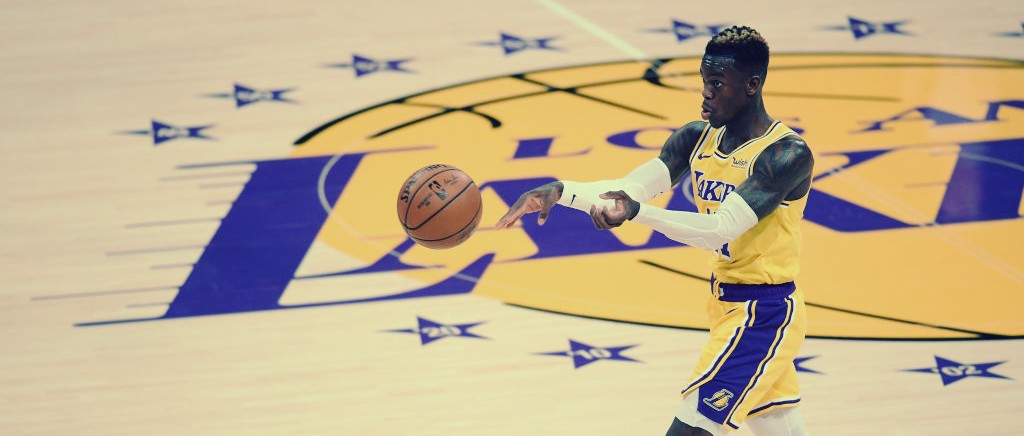
The 2020-21 NBA season is still in its infancy, with only one month of data available for analysis. As such, everything (and I mean everything) should be taken with a grain of salt. That would be the case even without a global pandemic crippling the United States in myriad ways, but it is especially true given the nature of the circumstances the NBA is attempting to navigate while playing basketball in cities across the country.
Throughout the campaign, we’ll take a weekly look at some trends that could be impacting the state of play and, in particular, the burgeoning sports betting industry through the lens of the NBA. In today’s installment, we glance at the impact of home-court advantage or, in this case, perhaps the lack of impact.
Through Jan. 20, home teams were just 97-111-1 against the spread, covering at a 46.6 percent clip. That isn’t a wild outlier in the grand scheme, especially given the relatively small sample, but even with bookmakers accounting for the lack of crowds, they haven’t been able to keep up. Perhaps the wilder statistic is that home teams were just 107-102 straight up, representing a (very) different landscape than during a typical NBA season.
Data from the 2019-20 is difficult to manipulate since most of the regular season happened in standard fashion, but the bubble made an impact on takeaways. Still, home teams won 55 percent of their games before the bubble by an average of 2.2 points per game, which is relatively normal. In the previous season in 2018-19, the sample is much larger (1,230 games) and home teams outscored their opponents by 3,351 total points, or an average of 2.72 points per game.
This season, home teams are outscoring their opponents by only 44 total points across a 209-game sample, for an average of 0.21 points per game. That also helps to account, at least in part, for the lack of success by betting favorites so far in 2020-21.
More often than not, the home team is favored in betting circles, even if the gap is closing this season. Favorites are an ugly 94-114-1 (45.2 percent) against the number so far, lending credence to the widespread assumption that a) home-court advantage is a lot smaller than it usually is, and b) there is more variance right now.
Being that the writer of this post is not a data scientist, it is hard to quantify everything taking place here, especially when it comes to statistical modeling of variance. Still, it is noteworthy, at the very least, that home teams are only slightly better than road teams this season, all while franchises are still flying all over the country.
Perhaps it is the lack of home crowds, perhaps it is officials not being influenced by crowd noise, or perhaps it is even a little bit of small-sample size nonsense. It is still a trend worth monitoring because, even if everyone (including bookmakers) knows the deal to some degree, the visitors have been more profitable through one month of NBA action. For those looking for an edge, to this point, that’s been a fairly easy way to find one.
